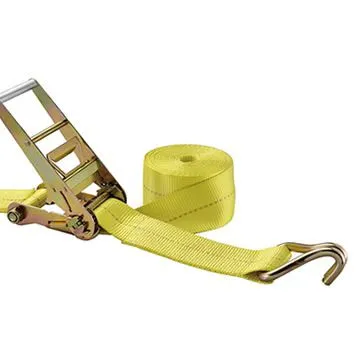8 月 . 14, 2024 03:12 Back to list
Creating Accessible Drywall Ceiling Hatches for Easy Maintenance and Utility Access in Homes
Understanding Drywall Ceiling Hatches A Comprehensive Guide
In modern architecture and interior design, drywall ceiling hatches have become an essential feature in residential and commercial buildings. These access points blend seamlessly with the surrounding ceiling, providing a decorative and functional solution for accessing spaces like attics, attics, or ductwork without sacrificing aesthetic appeal. This article explores the benefits, installation, and maintenance of drywall ceiling hatches to ensure homeowners and builders make informed decisions when considering this valuable addition.
What is a Drywall Ceiling Hatch?
A drywall ceiling hatch is a concealed access opening built into a ceiling to allow entry into enclosed spaces above. Typically, these hatches are designed to fit flush with the drywall, featuring a smooth, paintable surface that can be finished to match the surrounding ceiling. They come in various sizes and configurations, catering to specific needs, whether it's accessing plumbing, electrical wiring, or HVAC systems.
Benefits of Drywall Ceiling Hatches
1. Aesthetic Appeal One of the key advantages of drywall ceiling hatches is their low-profile design. Unlike traditional access doors, which can disrupt the visual flow of a ceiling, drywall hatches maintain a clean, uninterrupted look. This feature is particularly valuable in spaces with high ceilings or intricate designs where aesthetics are paramount.
2. Accessibility Drywall hatches provide essential access to systems that require periodic inspection or maintenance. Whether it's checking for leaks in plumbing, replacing air filters in HVAC systems, or accessing electrical panels, these hatches create convenient entry points without the need for extensive demolition or construction work.
3. Space Efficiency In urban settings, where every square foot counts, drywall ceiling hatches offer a practical solution for accessing spaces without sacrificing valuable floor space. They allow homeowners to utilize every inch of their property effectively while ensuring that necessary systems remain accessible.
4. Safety and Compliance Building codes often require specific access points for maintenance of various systems. A drywall ceiling hatch enables compliance with these codes while maintaining an aesthetically pleasing environment. By providing easy access to critical infrastructure, hatches can help prevent safety hazards associated with neglecting necessary maintenance.
Installation Considerations
drywall ceiling hatch

Installing a drywall ceiling hatch requires careful planning and execution. Here are some essential steps for a successful installation
1. Select the Right Location Before installation, determine the best location for the hatch, considering the areas that require access. Ensure the hatch is positioned in an unobtrusive spot that won’t interfere with the room's design.
2. Choose the Right Size Hatches come in various sizes, so select one that accommodates your needs without being overly large. Measure the area you're accessing and choose a size that provides adequate space.
3. Cutting the Opening Use a drywall saw to cut an opening in the ceiling where the hatch will be installed. Ensure it fits the designated size and aligns with any framing members.
4. Install the Hatch Frame Secure the frame into the opening, ensuring it is level and flush with the surrounding drywall. Use screws or other appropriate fasteners to hold it securely in place.
5. Finishing Touches Once the hatch is installed, use joint compound to smooth out the edges and create a seamless appearance. After it dries, sand the area and paint it to match the ceiling.
Maintenance Tips
To keep your drywall ceiling hatch in optimal condition, regular inspections are necessary. Check for any signs of wear or damage, ensure hinges operate smoothly, and make sure the hatch opens easily. Keeping the area clear of obstructions will also help maintain accessibility.
Conclusion
In summary, drywall ceiling hatches are a versatile and aesthetically pleasing solution for accessing hidden spaces in homes and buildings. By understanding their benefits, installation process, and maintenance requirements, homeowners and builders can maximize the functionality and aesthetics of their properties. Whether you're considering adding a hatch for practical reasons or simply as a design choice, this feature can significantly enhance your living or working environment.
-
Revolutionizing Interior Design with Ceilings t grid Suspended SystemNewsOct.29,2024
-
Revolutionizing Ceiling Design with ceiling access panel with Gypsum Tile WaterproofNewsOct.29,2024
-
Revolutionizing Interior Design with PVC Gypsum Ceiling: A Comprehensive GuideNewsOct.29,2024
-
Elevating Interior Design with High quality Mineral Fiber Ceiling TilesNewsOct.29,2024
-
Revolutionizing Interior Design with PVC Gypsum Ceiling: A Comprehensive GuideNewsOct.29,2024
-
Elevating Interior Design with High-Quality Mineral Fiber Ceiling Tiles: A Comprehensive GuideNewsOct.29,2024







